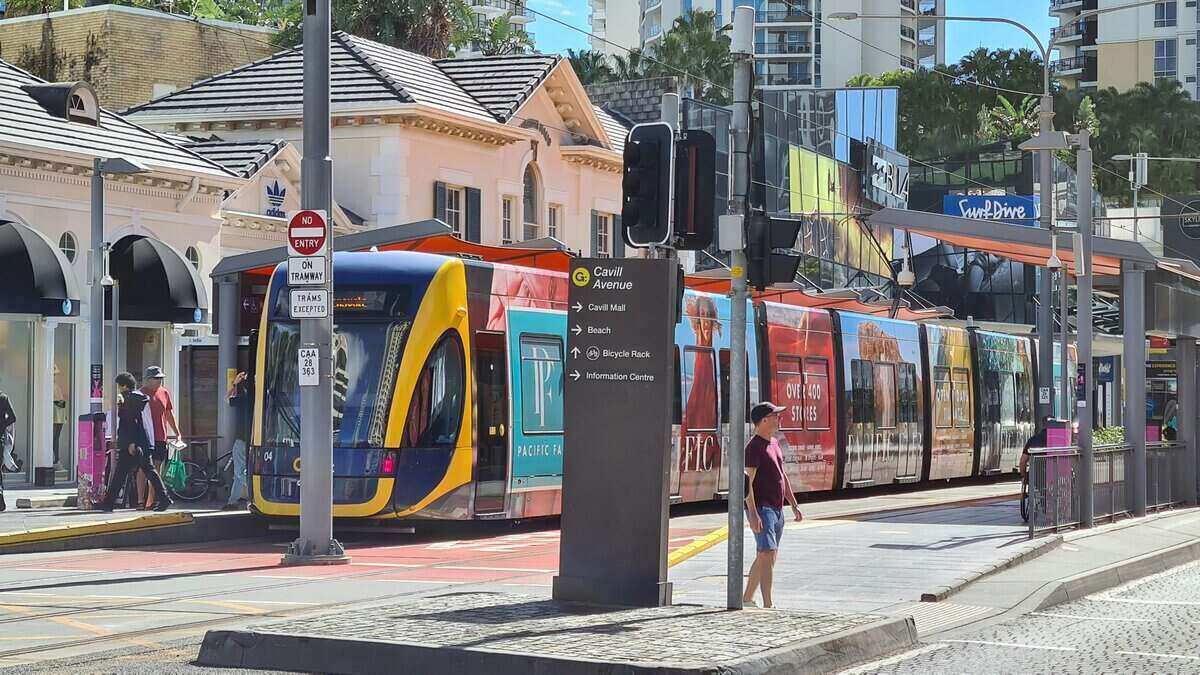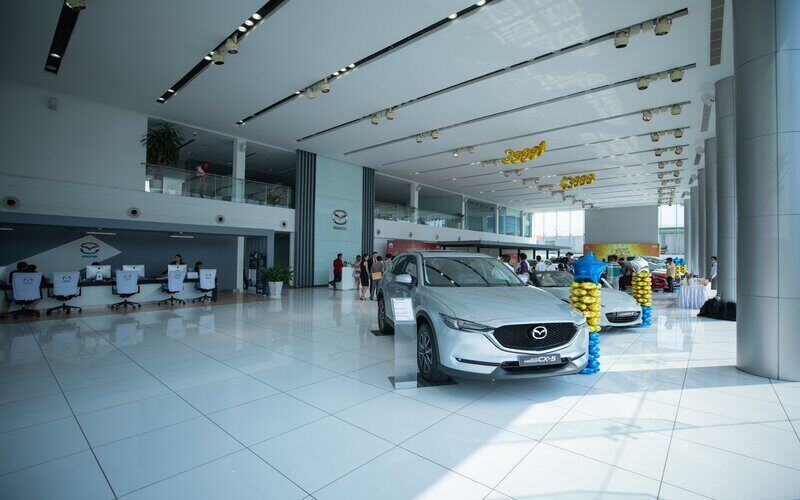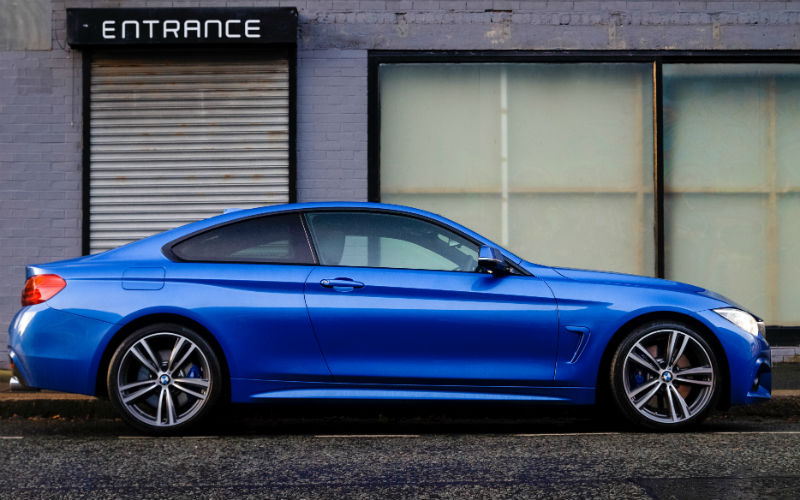If you're in the market for a car loan, 'balloon payment' is a term you'll likely come across. It's a feature of many car loans and it pays to understand how balloons work and how they might suit your circumstances.
What is a balloon payment?
A balloon payment, sometimes called a 'residual value', is an agreed-upon lump sum payable to your lender at the end of the car loan term. Balloons are usually a significant portion of the loan amount, generally between 30-50%, that effectively cuts down monthly repayments over the course of the loan.
How does a balloon payment work?
The best way to explain balloons is to see how they work in practice. Let's look at an example.
If Daniel takes out a $30,000 car loan for five years at 8% interest, his monthly repayments would be $608.
If he was to take out the loan with a 30% balloon payment of $9,000, payable at the end of his loan, his monthly payments would go down to $486. At the end of the five years, he would then have to pay the outstanding $9,000 in full.
While many people take out car loans with balloon payments because their monthly repayments will be less, they will effectively be charged more interest over the term of the loan. In Daniel's case, the loan with a 30% balloon will see Daniel pay an additional $1,650 over the five-year period. Here are the figures below:
| Cost of a $30,000 5 Year Car Loan at 6% Interest Rate (excl. fees) | 30% Balloon | No Balloon |
| Monthly Repayments | $486 | $608 |
| Total Repayment after 5 years (Principal + Interest) | $38,148 | $36,498 |
| Interest Costs | $8,148 | $6,498 |
| Cost Difference | +$1,650 |
Source: Savings.com.au Car Loan Calculator
Why you might consider a car loan balloon payment
Despite paying more in interest, there are a number of reasons why borrowers might consider having a balloon payment on their car loan. These include:
Monthly repayments are less
As we've seen, monthly repayments are lower compared to a car loan with no balloon payment at the end. This provides more cash flexibility, particularly for people who may have other expenses such as a home loan to service or are on lower incomes.
Allows them to borrow more
Balloon payments provide the added benefit of allowing borrowers to qualify for larger loan amounts and either save for the balloon payment at the end or sell the vehicle to pay it.
Facilitates the turnover to newer vehicles
Some borrowers plan to trade in their cars at the end of the term and use the proceeds to pay off the balloon. They can then apply for a new car loan to fund the purchase of a replacement vehicle. This strategy is quite common for business car loans.
What happens when the balloon payment is due?
The balloon payment must be made as a lump sum upon the expiry of the car loan. There are typically a number of options available once the payment is due.
- The borrower can sell the car and use the money to make the payment and finalise the loan.
- The borrower can sell the car then choose to borrow again for a replacement car. If the original car is being traded in as a part of the payment for the new vehicle, the balloon payment can be included in the calculations for this to happen.
- If the borrower wants to keep the vehicle, they can roll over or refinance the payment into another loan.
Disadvantages of balloon payment car loans
Cost more in interest
As we've seen, car loans with balloon payments will see you pay more interest over the term of the loan.
Balloon shock
Some borrowers may not be prepared for the lump sum balloon payment even though they signed up for it at the outset and knew it was coming.
Many things can happen during the term of a car loan. If you're thinking of going down the balloon repayment route, you need to have a plan. You either have to be disciplined in budgeting for the final payment at the end or be prepared to sell the car in time to meet the final payment.
Balloon payment FAQs
Can you refinance the balloon payment due on a car?
At the end of the car loan, you could refinance the balloon payment to be paid off gradually rather than in a lump sum. Bear in mind, this entails taking out another loan and you'll be accruing further interest costs on the debt.
How to extend a balloon payment?
Generally, you can’t get an extension on the due date of a balloon payment unless you refinance to a longer loan term or take out a new loan at the end of the term to be paid off gradually.
Do all car loans come with ballon payments?
Not all lenders offer balloon payments on car loans. They tend to be less common among major banks and larger lenders and more accessible through specialist car finance providers and smaller lenders. If you're in the market for a car loan, the table below features some of the lowest fixed and variable interest rates on the market:
| Lender | Car Loan | Interest Rate | Comparison Rate* | Monthly Repayment | Interest Type | Vehicle Type | Maximum Vehicle Age | Ongoing Fee | Upfront Fee | Total Repayment | Early Repayment | Instant Approval | Online Application | Tags | Features | Link | Compare | Promoted Product | Disclosure |
|---|---|---|---|---|---|---|---|---|---|---|---|---|---|---|---|---|---|---|---|
5.99% p.a. | 7.12% p.a. | $580 | Variable | New | No Max | $8 | $400 | $34,791 |
| Promoted | Disclosure | ||||||||
6.52% p.a. | 6.95% p.a. | $587 | Fixed | New, Used | No Max | $0 | $350 | $35,236 |
| Promoted | Disclosure | ||||||||
6.28% p.a. | 6.28% p.a. | $584 | Fixed | New | No Max | $0 | $0 | $35,034 |
| Promoted | Disclosure |
Balloon payments in business car loans
Because of the flexibility of smaller monthly repayments and the opportunity to replace fleet vehicles every three to five years, balloons are commonly found in business and commercial car financing. Reducing the monthly repayments on car loans can help businesses to manage cash flow more effectively, while the higher overall interest charges can be claimed as tax deductions.
If you’re interested in taking out a car loan balloon payment for business purposes, a tax accountant or financial adviser can advise on the best option for your business.
Savings.com.au’s two cents
Having a balloon on your car loan won't save you money because you'll pay a larger sum of interest across the life of the loan. However, it will provide you with the cash flow flexibility that lower monthly repayments can offer.
Anyone taking out a car loan with a balloon needs to plan ahead for how they will repay the lump sum at the end of the loan. There are a few options, and you'll need to decide on your strategy well before the final payment is due.
Just as it pays to shop around for a vehicle, doing your research can also save you a considerable sum when it comes to finding a car loan. Many car dealers offer their own finance as part of a sale, and some may not be the best products to suit your needs.
Look for a low interest rate and loan conditions that suit your individual circumstances before making any purchase decisions.
Article first published by Dominic Beattie in June 2018, last updated by Denise Raward in September 2024
Image by Aaron Burden via Unsplash






 Denise Raward
Denise Raward
 Harry O'Sullivan
Harry O'Sullivan

 Hanan Dervisevic
Hanan Dervisevic


